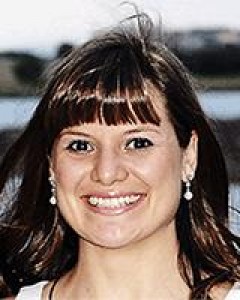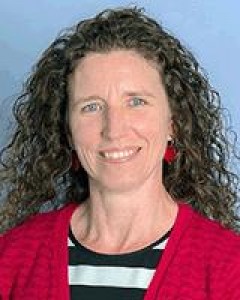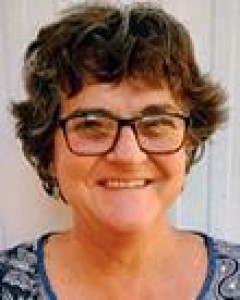early abstract:
Introduction: Research has not been conducted on physical activity (PA) in early child education and care (ECEC) settings in low-income, rural communities in South Africa. This study aimed to 1) describe the PA environment of these settings and 2) identify child and contextual factors associated with PA in these settings. By understanding PA in this environment, it would be possible to identify context-specific opportunities, including with teachers, to overcome potential challenges and maximize PA in a low- and middle-income country setting.
Methods: The study was conducted in rural Bushbuckridge, Mpumalanga in 2014. Preschool-aged children (n=55) were recruited from five ECEC settings, including three preschools and two primary schools, where preschool-aged children are in their reception year, Grade R. Preschool environment characteristics were assessed using an observational tool adapted from existing tools. Children’s PA was assessed using the Observational System for Recording Physical Activity in Children – Preschool Version. Differences between Preschool and Grade R settings were assessed using χ(chi)2 analyses, and multinomial logistic regression analysis was used to determine factors associated with PA in the ECEC settings.
Results: The PA environment differed between Preschool and Grade R ECEC settings in terms of space (Preschool<Grade R, p<0.001) and fixed equipment (Preschool>Grade R, p<0.001). On average, children spent 28.7% of their day in the ECEC settings engaged in PA, of which 22.3% was moderate- to vigorous-intensity PA (MVPA). Children spent thegreatest proportion of the day in sedentary activities (69.9%) and this differed significantly between Preschool (63.2%) and Grade R children (81.3%, p<0.001). Preschool children were significantly more active than Grade R children, and spent greater proportions of time in light-intensity PA (8.6% vs. 2.7%, p<0.001) and MVPA (25.4% vs. 15.3%, p<0.001). Irrespective of ECEC setting, children were significantly more likely to participate in MVPA if they were outdoors (p=0.001), and significantly less likely to do MVPA if they were overweight/obese (p=0.006).
Conclusions: These findings provide insight into child-level and contextual factors associated with preschool-aged children’s PA within ECEC settings in a low-income, rural community in South Africa. Particularly, the physical and social features of ECEC settings are important in the promotion of PA. Findings from this study suggest that it is necessary to upskill and encourage teachers in ECEC settings to maximise opportunities for PA in rural low-income communities in South Africa.





